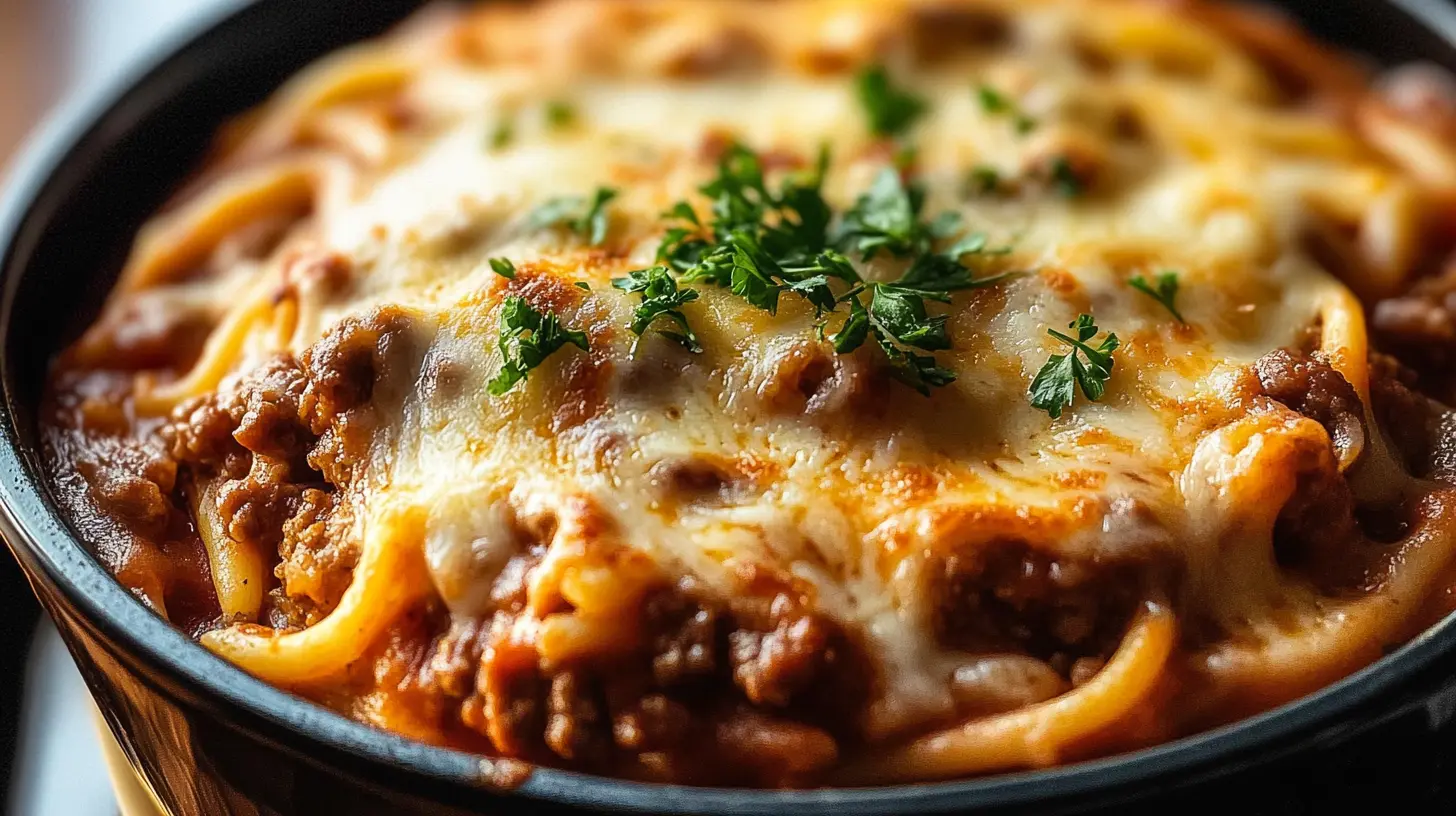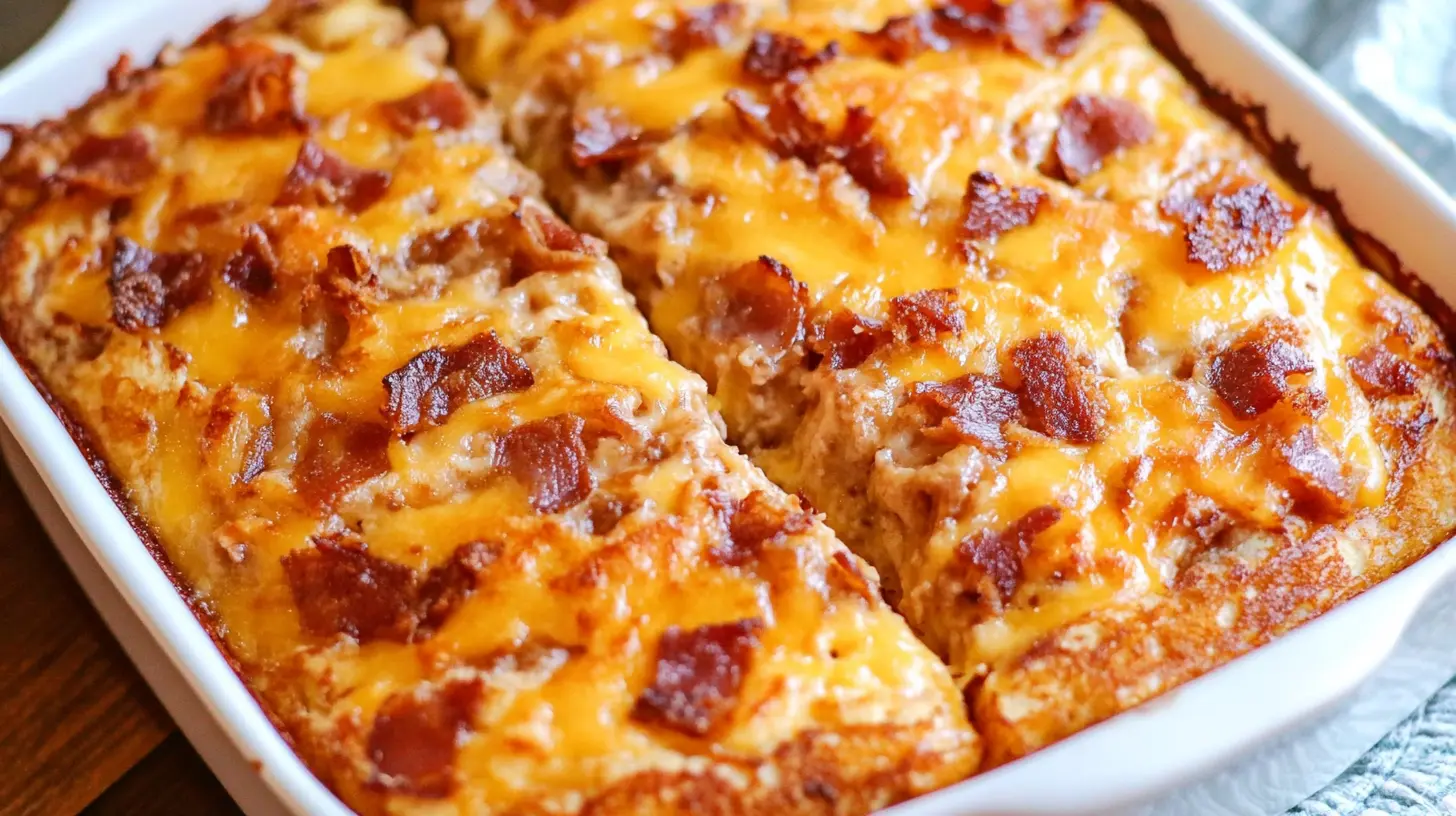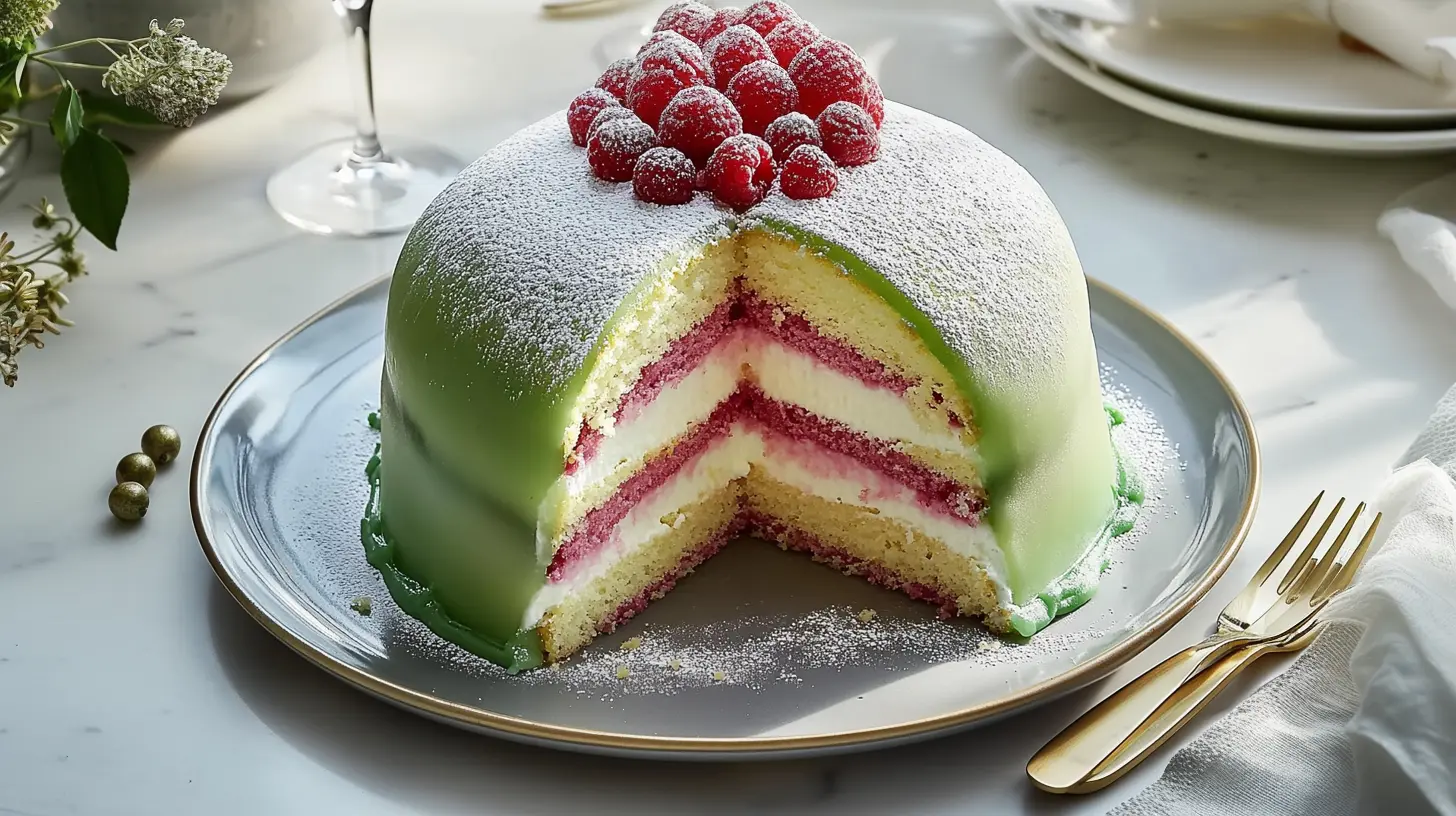Introduction to Cupcake Cake Recipe
A cupcake cake is the perfect dessert for any occasion, combining the ease and portability of cupcakes with the visual impact of a full cake. Whether you’re celebrating a birthday, graduation, or any special event, a cupcake cake offers the ideal balance between convenience and creativity. Unlike traditional cakes, cupcake cakes allow you to enjoy individual servings while still presenting a beautiful, cohesive design. In this article, we’ll provide a detailed, easy-to-follow recipe for making a delicious cupcake cake, along with dietary modifications for vegan, gluten-free, and low-calorie needs.
Cupcake cakes can be customized for any occasion, making them a favorite among home cooks, busy parents, students, and food enthusiasts alike. If you’re looking for an easy way to create an eye-catching dessert, this cupcake cake recipe will inspire you to get creative in the kitchen.
Check out our victoria cake recipe for more baking inspiration that you can adapt for cupcake cakes!
Benefits and Advantages of Cupcake Cake
A cupcake cake comes with many advantages, both in terms of practicality and design. Here are a few reasons why this dessert stands out:
- Portability and Easy Serving: Cupcake cakes are easy to serve because each piece is already portioned. There’s no need for cutting or serving utensils, making them perfect for large gatherings and parties where guests can help themselves.
- Customizable Designs: With cupcake cakes, you can get as creative as you like. You can arrange the cupcakes in the shape of numbers, letters, or themed designs for special events. Additionally, the individual cupcakes can be decorated in different styles, allowing for a variety of flavors and looks in a single dessert.
- Dietary Flexibility: This recipe allows for easy substitutions, making it suitable for various dietary needs, including gluten-free, vegan, and low-sugar options. Cupcake cakes are a great way to cater to different preferences without compromising on flavor.
For more creative ideas and designs, check out our butterfly cake recipe, which can also be adapted into a Cupcake Cake Recipe format.
Ingredients Overview
Essential Ingredients for Cupcake Cake Recipe
Here’s a list of essential ingredients for a basic cupcake cake recipe, with optional substitutions for dietary restrictions:
- All-purpose flour (or gluten-free flour blend) – 2 ½ cups
- Baking powder – 2 teaspoons
- Salt – ¼ teaspoon
- Unsalted butter (or vegan butter) – 1 cup, softened
- Granulated sugar (or coconut sugar for a low-sugar option) – 1 ¾ cups
- Eggs (or flax eggs for a vegan option) – 4 large
- Vanilla extract – 2 teaspoons
- Milk (or almond milk for a dairy-free option) – 1 cup
By using high-quality ingredients, you can create a moist and flavorful cupcake cake that’s perfect for any event. For healthier alternatives, consider using whole wheat flour or reducing the sugar content with natural sweeteners.
Dietary Substitutions to Customize Your Cupcake Cake
To make your Cupcake Cake Recipe suitable for a variety of dietary needs, here are some recommended substitutions:
- Vegan Option: Replace the eggs with flax eggs (1 tablespoon flaxseed meal mixed with 3 tablespoons water per egg). Use almond milk instead of regular milk, and swap the butter for vegan margarine or coconut oil.
- Gluten-Free Option: A gluten-free flour blend works best for cupcake cakes to maintain the texture. Almond or coconut flour can also add extra moisture and flavor.
- Low-Sugar Option: To reduce the sugar content, you can substitute granulated sugar with stevia, monk fruit sweetener, or coconut sugar. These options lower the overall glycemic index without sacrificing taste.
For more information on adapting classic recipes to fit various dietary preferences, check out our article on vegan mushroom recipes.
How to Prepare the Perfect Cupcake Cake: Step-by-Step Guide
Creating a cupcake cake is simple and fun. Follow these step-by-step instructions for perfect results every time.
First Step: Preheat the Oven
Preheat your oven to 350°F (175°C) and line a cupcake pan with 24 cupcake liners. Make sure to grease the liners lightly to prevent sticking.
Second Step: Mix the Dry Ingredients
In a medium bowl, whisk together the flour, baking powder, and salt. Set aside.
Third Step: Cream the Butter and Sugar
In a large bowl, beat the softened butter and sugar together using an electric mixer on medium speed. Continue to beat until the mixture becomes light and fluffy, about 3-4 minutes.
Fourth Step: Add Eggs and Vanilla
Add the eggs one at a time, beating well after each addition. Stir in the vanilla extract until fully combined.
Fifth Step: Combine Wet and Dry Ingredients
Gradually add the dry ingredients to the wet mixture, alternating with the milk. Begin and end with the dry ingredients to ensure a smooth, consistent batter. Avoid overmixing to keep the cupcakes light and fluffy.
Sixth Step: Bake the Cupcakes
Divide the batter evenly among the prepared cupcake liners. Bake for 18-20 minutes or until a toothpick inserted into the center comes out clean. Let the cupcakes cool in the pan for 5 minutes before transferring them to a wire rack to cool completely.
Seventh Step: Arrange the Cupcakes
Once the cupcakes are completely cool, arrange them on a large serving tray in the shape of your desired design (e.g., a heart, a number, or a letter).
Eighth Step: Frost and Decorate
Frost the cupcakes using your favorite frosting recipe (buttercream or cream cheese frosting works well). Spread the frosting over the cupcakes to create a seamless cake-like appearance. Add decorative touches such as sprinkles, edible flowers, or themed toppers to complete the design.
For detailed frosting techniques, check out our buttercream guide for expert tips on achieving a smooth and professional finish.
Mastering Cupcake Cake Recipe: Advanced Tips and Variations
Once you’ve mastered the basic cupcake cake, here are some tips and variations to elevate your creation:
- Flavor Variations: Try experimenting with different cupcake flavors, such as chocolate, lemon, or red velvet. You can also add flavored fillings like fruit preserves or whipped cream for an extra layer of flavor.
- Frosting Techniques: Instead of one uniform frosting layer, you can pipe rosettes or swirls on each cupcake for a more detailed design. Mix and match different frosting colors for a vibrant look.
- Themed Designs: Cupcake cakes are perfect for themed parties. For example, you can create a dinosaur, princess, or graduation-themed cupcake cake by arranging the cupcakes into fun shapes and decorating them accordingly.
How to Store Cupcake Cakes: Best Practices
Proper storage is key to keeping your cupcake cake fresh. Here are some best practices:
- Refrigeration: If the cupcake cake has frosting made with dairy (e.g., buttercream or cream cheese), store it in the refrigerator. Keep it loosely covered to prevent the frosting from hardening too much.
- Freezing: You can freeze unfrosted cupcakes for up to 3 months. Wrap them tightly in plastic wrap and store them in an airtight container. Thaw the cupcakes in the refrigerator overnight before decorating.
- Reheating: If the cupcakes become slightly dry after refrigeration, allow them to sit at room temperature for about 30 minutes before serving to restore moisture.
Nutritional Value of Cupcake Cakes
The nutritional content of a cupcake cake depends on the ingredients and portion size. On average, one standard cupcake contains approximately:
- Calories: 250-300
- Fat: 12g
- Protein: 3g
- Carbohydrates: 35g
- Sugar: 25g
For a healthier version, consider using plant-based fats and natural sweeteners to reduce the calorie count.
FAQs: Frequently Asked Questions About Cupcake Cakes
Can I Make the Cupcakes Ahead of Time?
Yes, you can make cupcakes ahead of time, which is a great way to save time before a big event. If you plan to serve the cupcakes within a day or two, bake them as usual, allow them to cool completely, and then store them in an airtight container at room temperature to keep them fresh. For longer storage, freeze the unfrosted cupcakes by wrapping each one tightly in plastic wrap and placing them in an airtight container or freezer bag. They can stay fresh in the freezer for up to three months. When you’re ready to use them, thaw the cupcakes in the refrigerator overnight and frost them on the day of the event.
Can I Make a Gluten-Free or Vegan Cupcake Cake?
Yes, making a gluten-free or vegan cupcake cake is a fantastic option to cater to guests with dietary restrictions. For a gluten-free version, use a gluten-free flour blend that includes xanthan gum to maintain the texture and structure of the cupcakes. You can also enhance the flavor by using almond or coconut flour. For a vegan option, replace eggs with flax eggs (1 tablespoon of flaxseed meal mixed with 3 tablespoons of water per egg) and use non-dairy milk like almond or oat milk. Substituting regular butter with vegan butter or coconut oil ensures a moist and delicious cupcake cake for all your guests.
How Do I Transport a Cupcake Cake?
Transporting a cupcake cake can be tricky, especially since it consists of individually baked cupcakes arranged in a cohesive design. To transport it safely, place the cupcakes on a sturdy tray or cake board, making sure they are arranged tightly together. Use a cake box or container large enough to hold the entire cupcake cake without disturbing the frosting or decorations. You can also stabilize the cupcakes by inserting toothpicks or cake pop sticks to keep them in place. If you’re concerned about the frosting getting damaged, wait until you arrive at the destination to add any final touches.
What Are Cupcake Cakes Called?
Cupcake cakes are also called pull-apart cakes. This name comes from the way people eat them. Rather than slicing the cake like a traditional cake, guests can pull individual cupcakes from the design, making it a fun and convenient option for parties.
What Does a Cupcake Cake Look Like?
A cupcake cake consists of multiple cupcakes arranged closely together on a tray or board, frosted in a way that makes them resemble a single, cohesive cake. The cupcakes are usually placed in specific shapes, such as numbers, letters, or themed designs like hearts or animals. The frosting is spread over the tops of the cupcakes, giving the appearance of a traditional cake, while still allowing guests to easily pull apart individual cupcakes without needing to cut the cake.
What Is the Difference Between Cupcake and Normal Cake?
The main difference between cupcakes and normal cakes lies in their size and portioning. Cupcakes are single-serving cakes baked in small paper liners, while normal cakes are larger and designed to serve multiple people from a single unit. Cupcakes provide convenient individual portions, making them easier to serve and eat, while people usually slice normal cakes into pieces. Though cupcakes and normal cakes often use similar recipes, cupcakes may have a higher ratio of frosting to cake due to their smaller size.al cakes usually use similar ingredients, cupcakes often have a higher ratio of frosting to cake due to their smaller size.
How Many Cupcakes Are in a Cupcake Cake?
The number of cupcakes in a cupcake cake depends on the design and the size of the cupcakes. For a medium-sized gathering, a typical cupcake cake might contain 12 to 24 cupcakes. However, larger designs could require up to 50 cupcakes or more, depending on how elaborate the design is and how many guests you plan to serve.
What Do British Call Cupcakes?
In the United Kingdom, cupcakes are often referred to as fairy cakes. The name “fairy cakes” stems from their smaller size compared to American cupcakes, as they are seen as being the perfect size for fairies. Fairy cakes typically have a thin layer of icing rather than the thicker frosting often found on cupcakes.
Learn more about fairy cakes on Wikipedia.
What Is the Difference Between Cupcake and Muffin Cake?
The difference between cupcakes and muffin cakes lies in their texture, sweetness, and purpose. Cupcakes are typically sweeter and have a soft, cake-like texture, often topped with frosting or icing, making them a dessert. On the other hand, muffins are denser, less sweet, and can be savory or sweet. Muffins often contain ingredients like fruits, nuts, or oats and are commonly eaten for breakfast or as a snack. Muffins generally have a more rustic appearance, with a craggy top, while cupcakes are smoother and more decorative.
What Is the Meaning of Cupcake Cake?
A cupcake cake refers to a dessert made by arranging multiple cupcakes together to create the appearance of a larger, cohesive cake. The cupcakes are frosted together to form a single design, but they can be easily pulled apart for individual servings. This type of cake is visually appealing and convenient for serving at parties or events.
Is a Fairy Cake a Cupcake?
Yes, a fairy cake is a type of cupcake, especially in British terminology. While there are some differences in size and decoration, with fairy cakes being smaller and having a thinner layer of icing, they are essentially the British equivalent of the American cupcake. Both are small, individual cakes baked in paper liners and are popular for parties and celebrations.
Do Cupcakes Have Icing or Frosting?
Cupcakes can have either icing or frosting, depending on personal preference and the desired texture. Frosting is thicker and creamier, often made with butter or cream cheese, giving it a rich and fluffy texture. Frosting is typically piped or spread on top of cupcakes. Icing, on the other hand, is thinner and glossier, often made from sugar and water or milk, and provides a smoother, shinier finish. Icing is more commonly used for fairy cakes or simpler cupcake designs.
Conclusion
Cupcake cakes offer a versatile, fun, and convenient dessert option for various occasions. Whether you’re making the cupcakes ahead of time or customizing them to suit dietary needs, they are a delightful alternative to traditional cakes. With the ability to transform individual cupcakes into a cohesive, creative design, cupcake cakes combine practicality with beauty. Whether you’re serving a gluten-free or vegan version or catering to a more classic taste, cupcake cakes can be adapted to fit any preference. From British fairy cakes to American cupcakes, these treats continue to charm party-goers around the world with their deliciousness and delightful presentation.

Posted by: Hailee | August 23, 2024
I’m passionate about sharing sweet and savory recipes that I’ve meticulously tested and perfected in my own kitchen. Join me on this delicious journey to experience the best of culinary creativity.




